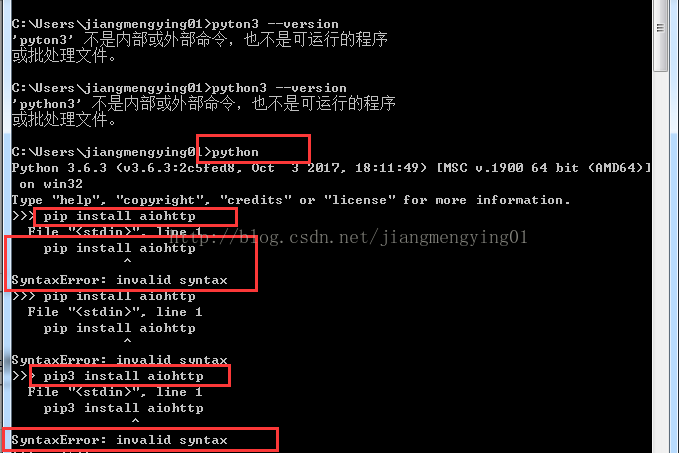

Python 3 install pip how to#
How to see which software collections are installed.How to tell which software collections are enabled.How to use Python 3 from RHSCL in the #! (shebang) line of a script.How to permanently enable a software collection.Enable the Python collection *before* the virtual environment.Tips for working with software collections.Managing application dependencies using pipenv.Should I use venv or virtualenv or something else?.


This article uses Red Hat Software Collections because these give you a current Python installation that is built and supported by Red Hat. There are a number of different ways to get Python 3 installed on RHEL. Other tips and FAQs for working with Python and software collections on RHEL 7 are also covered. Using Python virtual environments is a best practice to isolate project-specific dependencies and create reproducible environments. Note: For RHEL 8 installs, See Python on RHEL 8. After following the steps in this article, you should be in a good position to follow many Python guides and tutorials using RHEL. This article shows how to install Python 3, pip, venv, virtualenv, and pipenv on Red Hat Enterprise Linux 7.


 0 kommentar(er)
0 kommentar(er)
